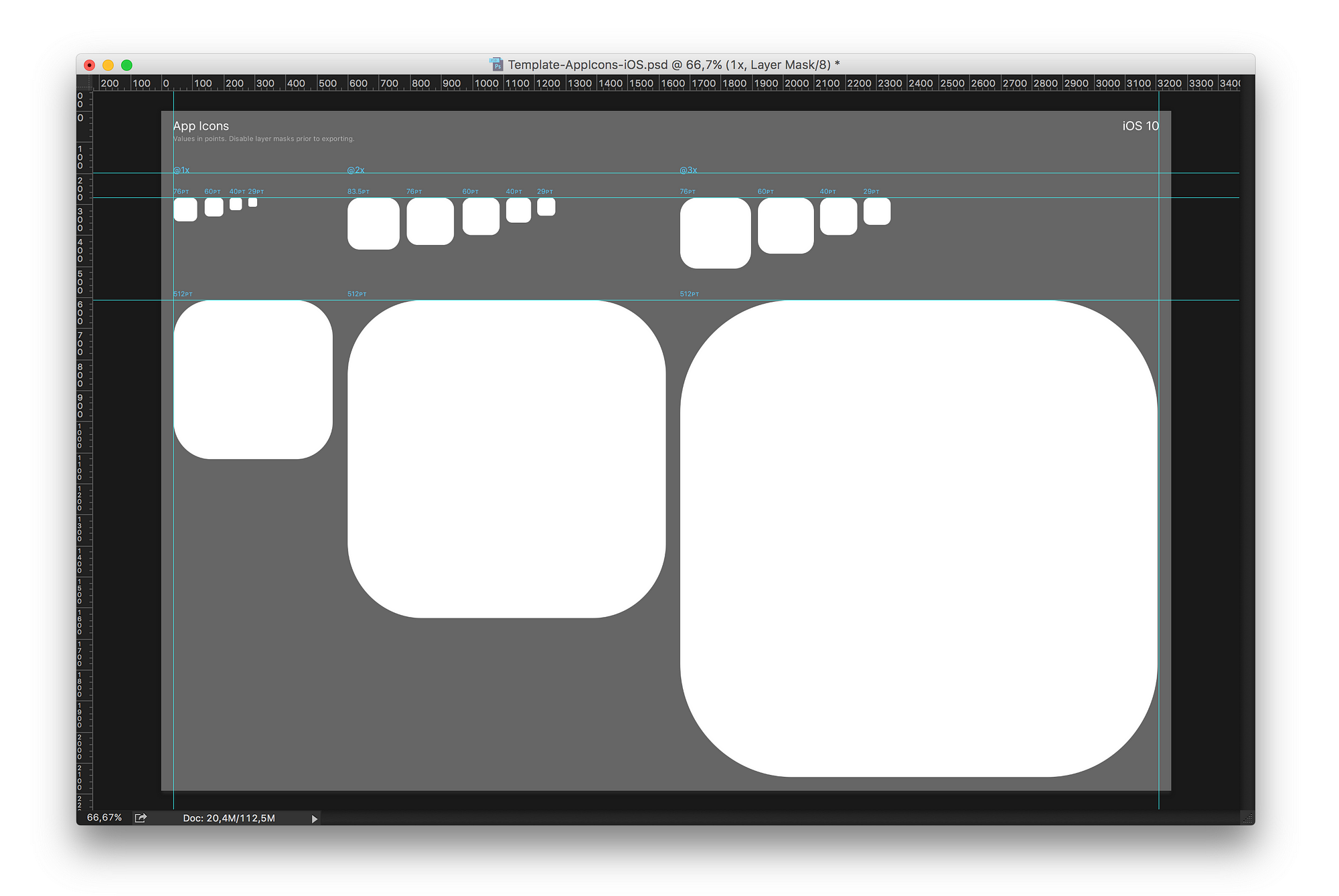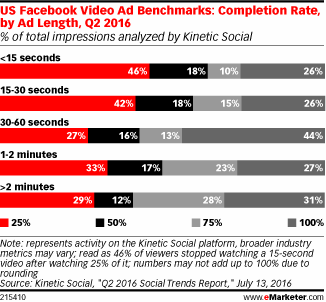In my dissertation, I mainly conclude that social media marketing can be considered to have an effect on young people’s encouragement to consume alcohol; however, the issue of irresponsible drinking appears to be much more problematic, having more to do with how there is a lack of control over young people on social media sites as a whole than the marketing of alcohol brands online. With no effective restrictions on sites such as Facebook, where young people can lie about their age to gain access, alcohol brands and their content is realistically accessible to all.
After analysing the top 10 UK alcohol brands’ Facebook pages and posts, it became clear that there is no obvious awareness about drinking responsibly. The only aspect that was visible on half of the pages analysed was the ‘Drinkaware.co.uk for the facts’ type, placed in page cover photos; but, the point size used is small, easy to miss and requires users to go out of their way to search for the website outside of Facebook. It was argued in my essay that some brands, such as Heineken, do successfully promote responsible drinking through their online adverts; however, their social media pages and posts are lacking in relation.
By researching into a variety of areas, such as successful responsibility campaigns and the business and marketing tools already available to brands on social media platforms, it became clear that alcohol awareness and responsible drinking could be developed and promoted quite substantially. Due to the fact that Drinkaware’s website is extremely clear and easy to use, offering a huge range of information about alcohol in a concise, helpful manner, it seemed appropriate to use their existing content to develop a range of outcomes.
The first set of outcomes produced simply focus on introducing a variety of regulations that all online alcohol brands would have to abide by. The ASA has the ability to implement new regulations on alcohol brands; therefore, these outcomes highlight how implemented regulations would work, making the connection between the Drinkaware website and alcohol pages much stronger.
In terms of regulations, the three most suitable tools found from online research were custom chatbots, call-to-action buttons and page tabs. These tools are free to use and already accessible to brands, making the regulations fast to implement at no cost to the ASA, Drinkaware or alcohol brands. The main concept of using such tools is to make the user experience much more direct and accessible in terms of learning about alcohol and responsibility. If implemented on all alcohol brand pages, users would be able to start a conversation with brands to receive interactive information fed by Drinkaware’s chatbot; or, they could simply click the Drinkaware tab, which would bring all the information from the Drinkaware website into brand pages. The call-to-action regulations are more specific to advertising, whereby any brand-sponsored alcohol post would have a ‘Learn More’ button that takes users to the Drinkaware website. This ensures that even if posts are encouraging alcohol consumption, they are also promoting information about responsible drinking.
Alongside mocking up how the regulations would work and look, a second set of outcomes were produced. Informed by the discussion in Chapter 3 of my dissertation, it became clear that alcohol responsibility adverts tend to use two particular approaches - the use of role models or a rewarding quality. In an attempt to use an innovative, different approach, I made a concept to produce a purely factual, infographic campaign that visually awares people of their recommended weekly drinking limits and associated health effects of alcohol. Drinkaware have animated videos on YouTube that use a similar approach; however, they have yet to distribute any campaigns on sites such as Facebook.
By considering a young audience, high-contrast colour changes and fast animations were used to try and grab users’ attention. The video length was kept between 30-60 seconds for optimum completion rates and the video was made to work without sound, as feedback highlighted that young people scroll through social media sites without having the sound of videos on. For consistency, colours, illustrations and typography were kept in line with Drinkaware’s style. The final animated video would be distributed and sponsored on all alcohol brand pages, as well as Drinkaware’s social media pages, to target younger people’s timelines.
To extend the campaign further, a poster was produced, which could be distributed in a range of places; pub, club and bar toilets were the most popular places suggested in feedback sessions as this is where people thought they would be most effective. The content was taken from the video ad to keep consistency throughout the campaign.
After producing these two sets of outcomes, I gained further feedback. It was suggested that I produce an app or game that more specifically engages young people, as comments highlighted that the outcomes produced so far would appeal to all ages. Taking inspiration from the Dumb Ways To Die app and feedback from an ongoing crit of 18-21 year olds, a concept was created to produce a fast-paced app that combines fun mini games with information about drinking responsibly. The challenge was to try and teach people about responsible drinking whilst keeping the game as challenging and fluid as possible. The main idea was to base mini-games on alcohol-related matters and have the responsibility facts subtly in sync with how you do in the game. Winning a game would benefit your health; however, failing a mini game would result in negative health and an accompanied awareness message. Due to the fast nature of the game, the objective was to educate young people as they play through different mini-games, rather than giving them all the information in one go.
Naming the app ‘DA Challenges’ an attempt to make young people play the app, as people suggested that people would make a judgement before choosing to play if it was obviously named about alcohol responsibility. As it would be promoted and distributed by Drinkaware, colours, illustrations and typography were once again kept in line with their graphic style for consistency. As I was restricted with time, the mini-game animation examples produced are very simple; if the app was to be fully developed, the entire app would be far more intricate and interesting. The most important aspect, in my eyes, was to highlight the concept as clearly as possible. Distribution would be on Facebook, as a game, and also on mobile/tablet app stores for free download.
All the outcomes discussed can be found on the USB in my submission folder.






























